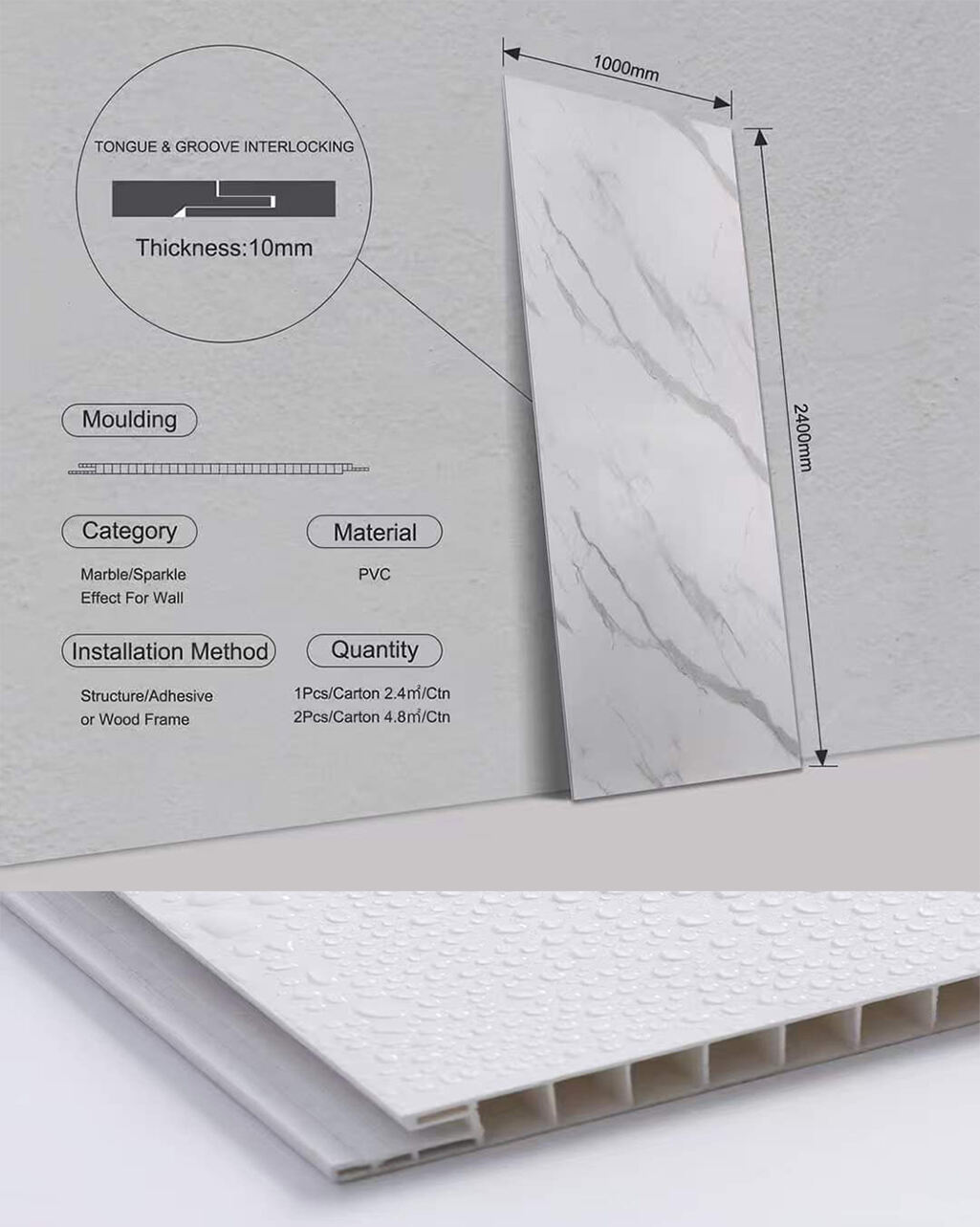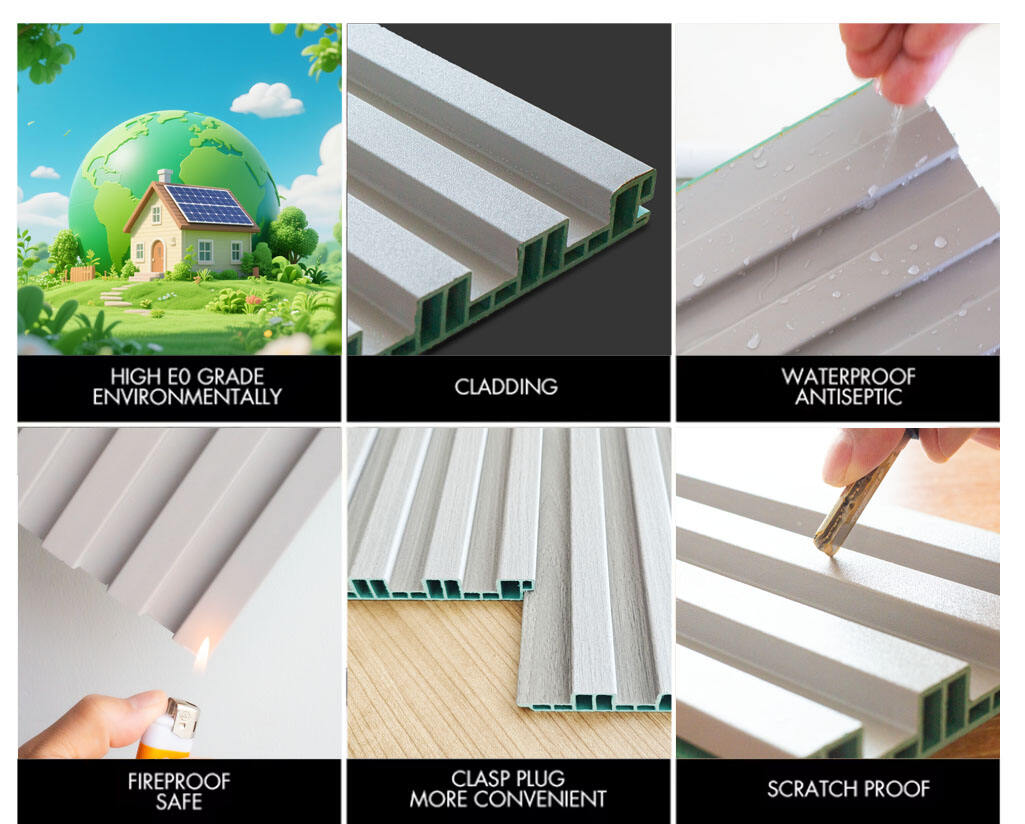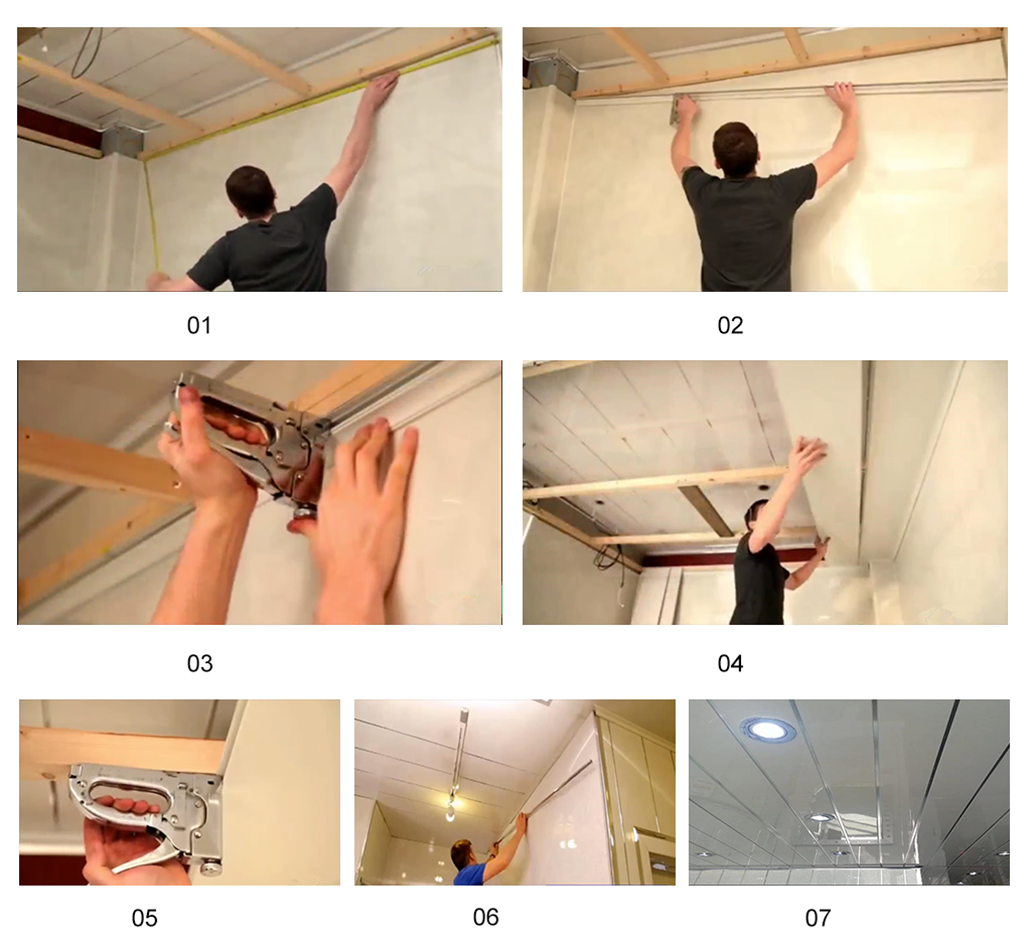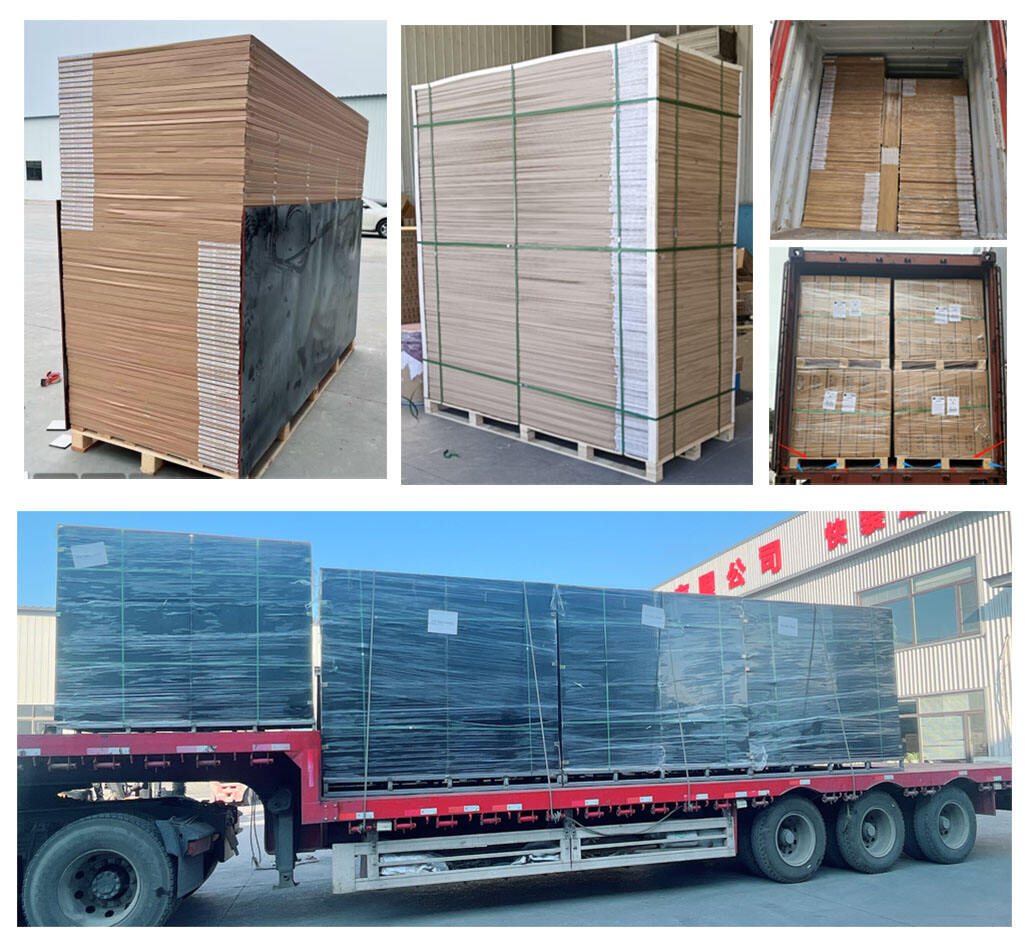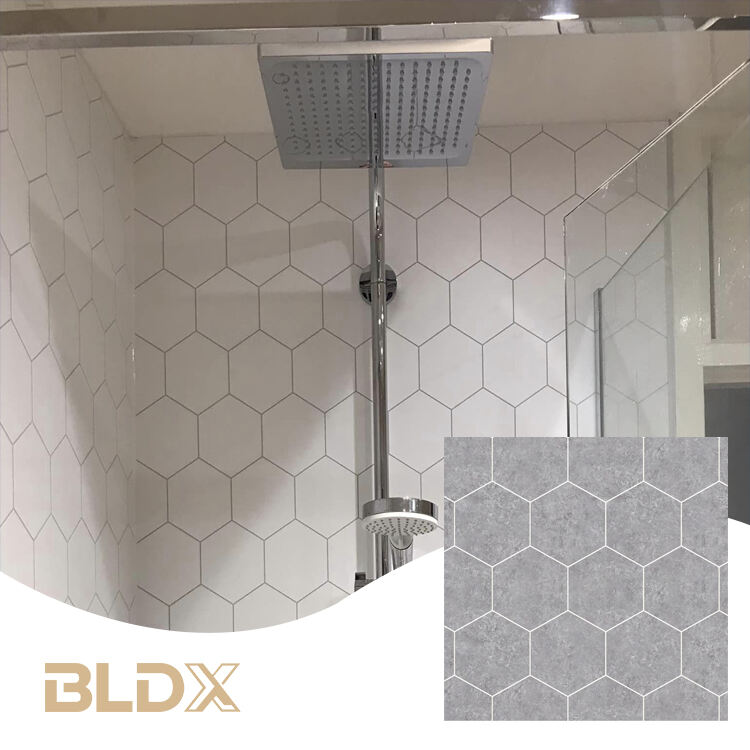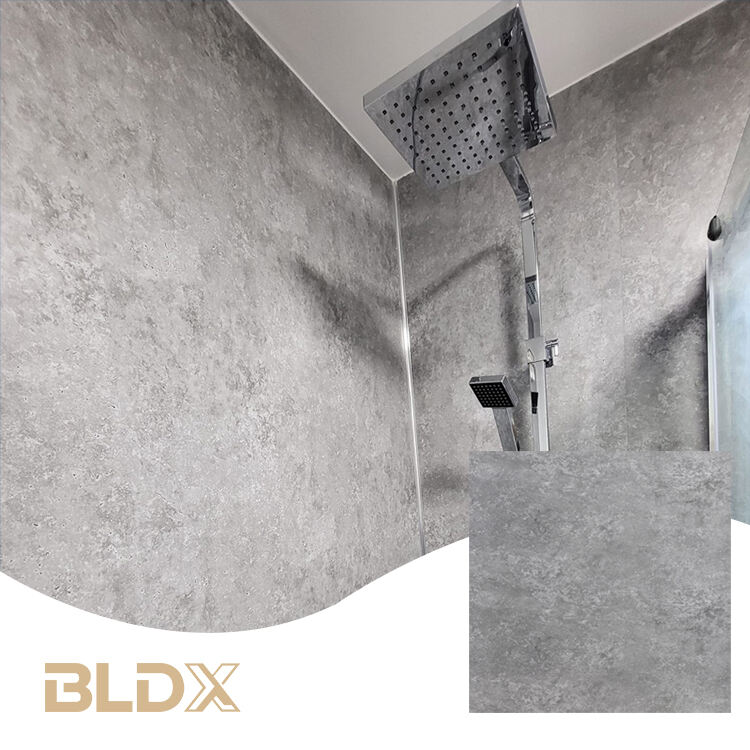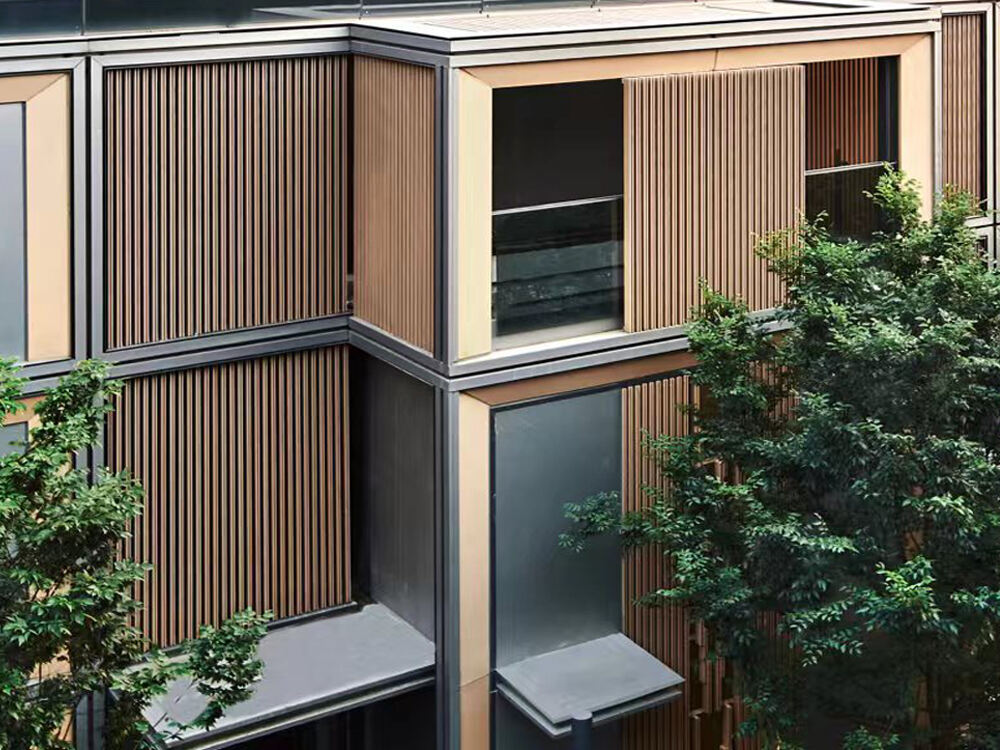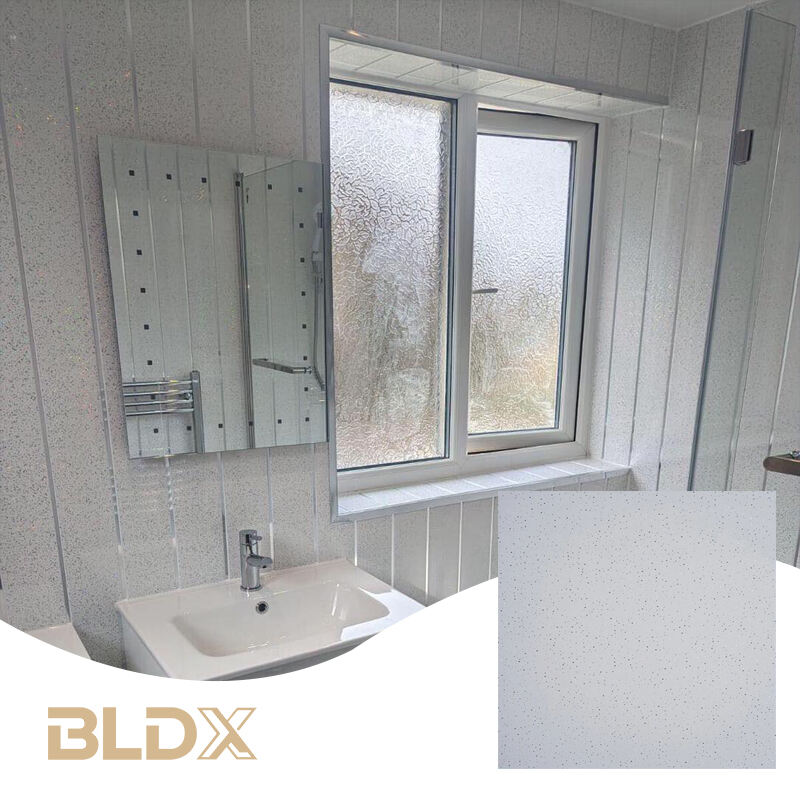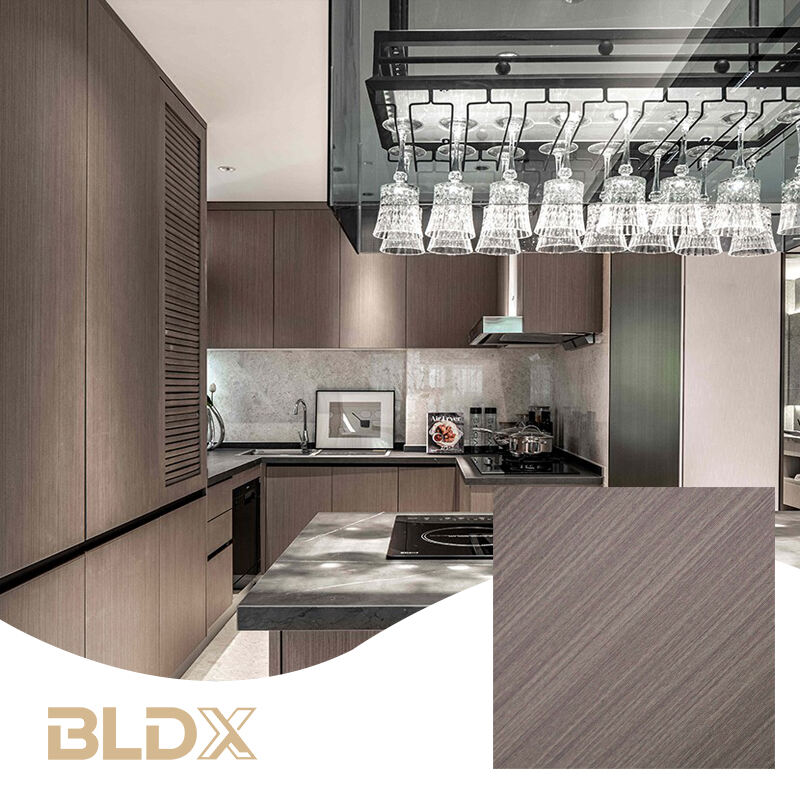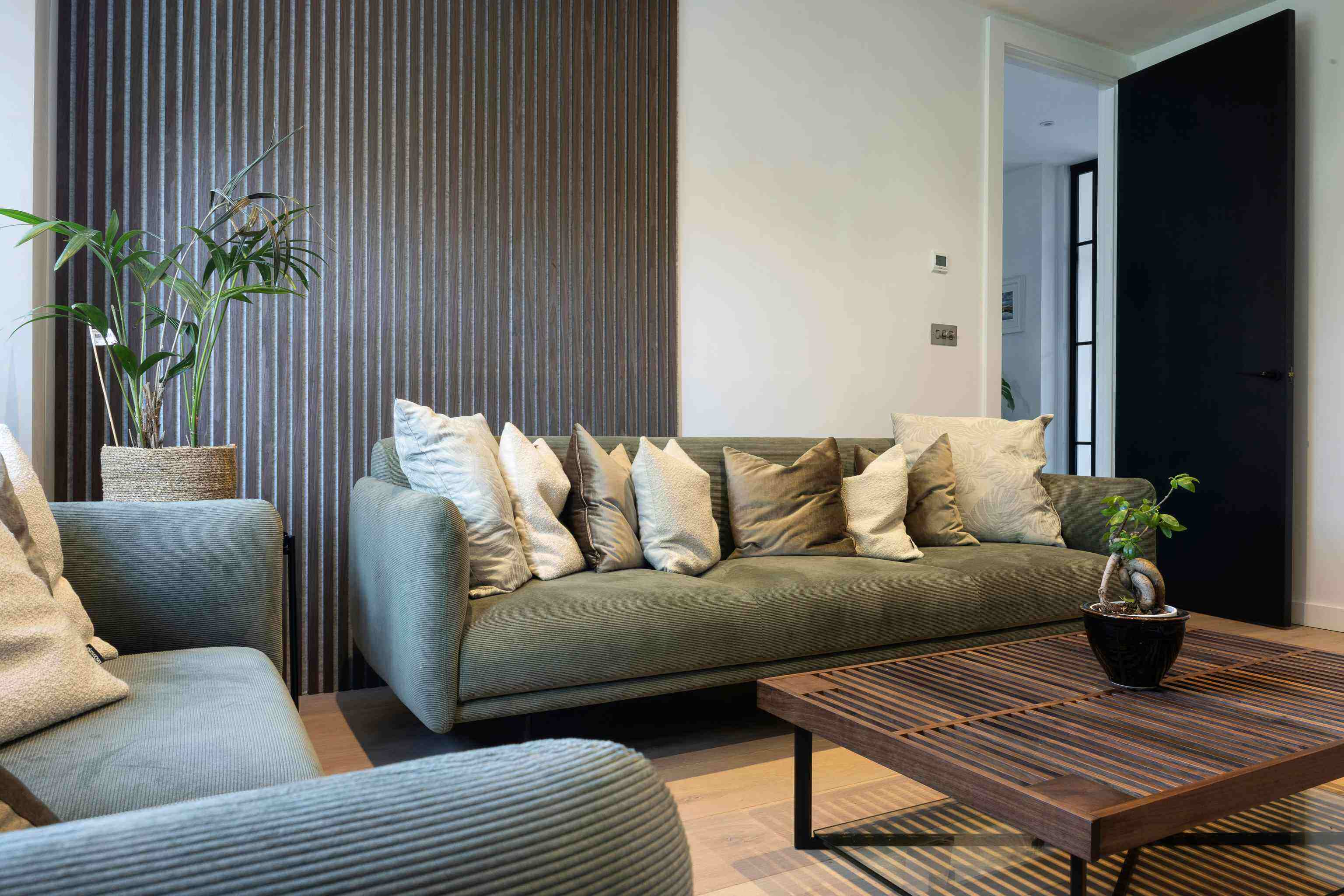PVC Ceiling Panel YZPC-008
|
Height: |
2.6m 、2.8m、2.9m,or customized |
|
|
Width: |
200mm、250mm |
|
|
Depth: |
5mm、8mm |
|
|
Material: |
High-grade PVC |
|
|
Colour: |
Various Color or Customized Color |
|
|
Texture: |
None/smooth |
- Overview
- Recommended Products
Description:
PVC ceilings, with their unique designs, innovative materials, and diverse patterns, colors, and styles, offer homeowners a wide range of options. Once installed, they not only enhance the beauty of a room but also add vibrant energy.
No matter the space, PVC ceilings can create distinctive overhead designs that showcase a simple yet stylish aesthetic. Moreover, PVC panels are waterproof, fire-resistant, and formaldehyde-free, making them an essential choice for a healthy home. Therefore, PVC ceilings are undoubtedly a smart decision to meet the needs of both your family and yourself.
Specifications:
Product Specification |
|
|
Height |
2.6m 、2.8m、2.9m,or customized |
|
Width |
200mm、250mm |
|
Depth |
5mm、8mm |
|
Material |
High-grade PVC |
|
Colour |
Various Color or Customized Color |
|
Texture |
None/smooth |
|
Finish |
Gloss or Matt |
|
Structure |
Hollow cellular core |
|
Joint |
Tongue & Groove |
|
Installation |
Ceiling |
|
Waterproof |
Yes |
|
Feature |
Good quality,light weight,waterproof(100%),moisture proof,easy clean etc. |
|
Competitive Advantage:
Advantages of PVC Ceiling Panels
PVC ceiling panels have gained widespread popularity in the market, largely due to their numerous beneficial features.
1、Lightweight, Waterproof & Chemical-Resistant
PVC ceiling panels are remarkably lightweight while offering excellent waterproofing and resistance to moisture, acids, and alkalis, making them an ideal choice for interior ceiling applications.
2、Cost-Effective Solution
As one of the most economical ceiling options available, PVC panels are significantly more affordable than traditional materials like gypsum boards or mineral fiber ceilings, offering great value for money in decorative applications.
3、Non-Toxic & Environmentally Friendly
These odor-free panels contain no harmful substances, ensuring they're completely safe for skin contact and respiratory health. This makes PVC ceilings particularly suitable for sensitive areas like kitchens and bedrooms, especially for those with allergies to wood or paint fumes.
4、Easy Installation & Replacement
The modular design allows for simple installation and hassle-free maintenance. Damaged panels can be easily replaced by removing the edge molding, sliding out individual strips, and inserting new ones before reinstalling the trim - no complete overhaul required.
5、Low-Maintenance & Easy Cleaning
PVC panels require minimal upkeep and can be effortlessly cleaned, maintaining their fresh appearance for years with basic care.
Steps for Installing PVC Panel Ceilings:
1、Measure the Ceiling – Measure the length and width of the ceiling to determine how many panels are needed, ensuring some extra space is left for cutting and adjustments.
2、Reference Lines – After measuring the ceiling area and confirming the dimensions of the PVC ceiling panels, mark the position of the furring strip lines, which should be aligned above the reference lines.
3、Prepare the Panels – If your PVC panels are not pre-cut to fit the ceiling dimensions, you will need to trim them. Use a saw or sharp scissors for cutting, and always wear gloves and safety goggles during this process.
4、Install the Furring Strips – The furring strips provide structural support, ensuring a secure installation. Begin by drilling holes in the wall and installing the perimeter furring strips first, followed by the main furring strips. The spacing between the main and perimeter strips should be carefully controlled, ideally around 80 cm. Adjust the horizontal alignment of the main and perimeter strips using a construction line.
5、Install the Panels – Start by placing the first panel in a corner of the ceiling, ensuring it is flush with the furring strips. Secure the panel to the strips using screws, then continue the process until all panels are installed.
6、Finish the Edges – Use PVC trim strips to cover the edges where the panels meet the walls.
